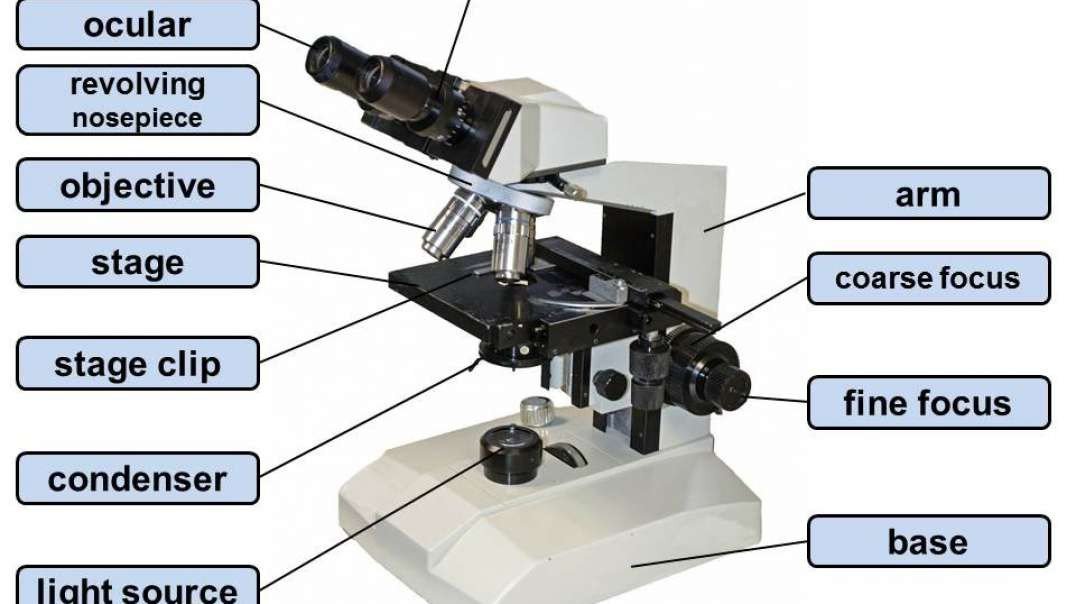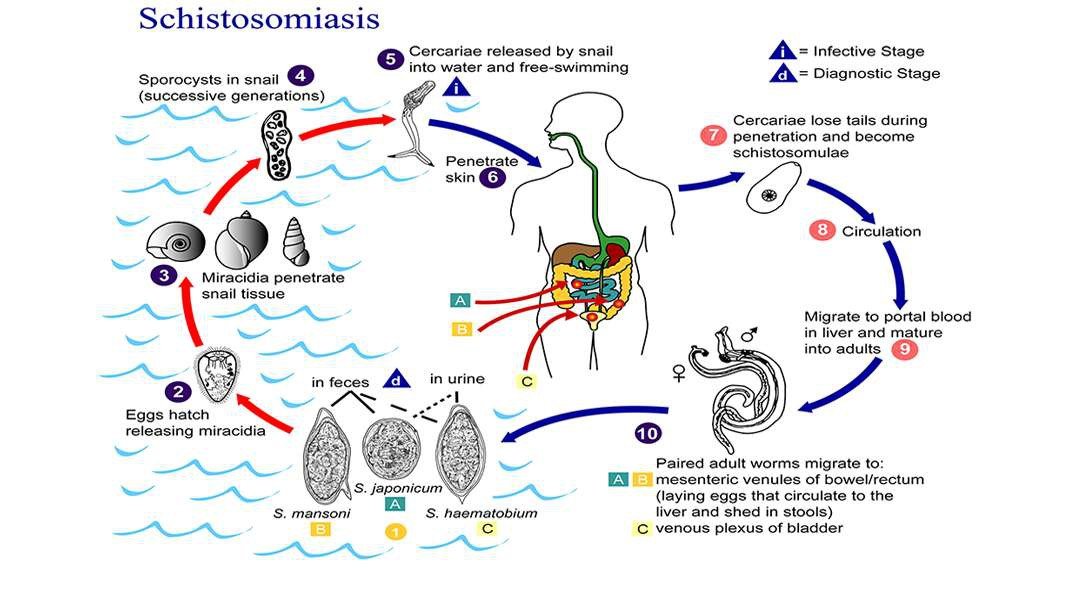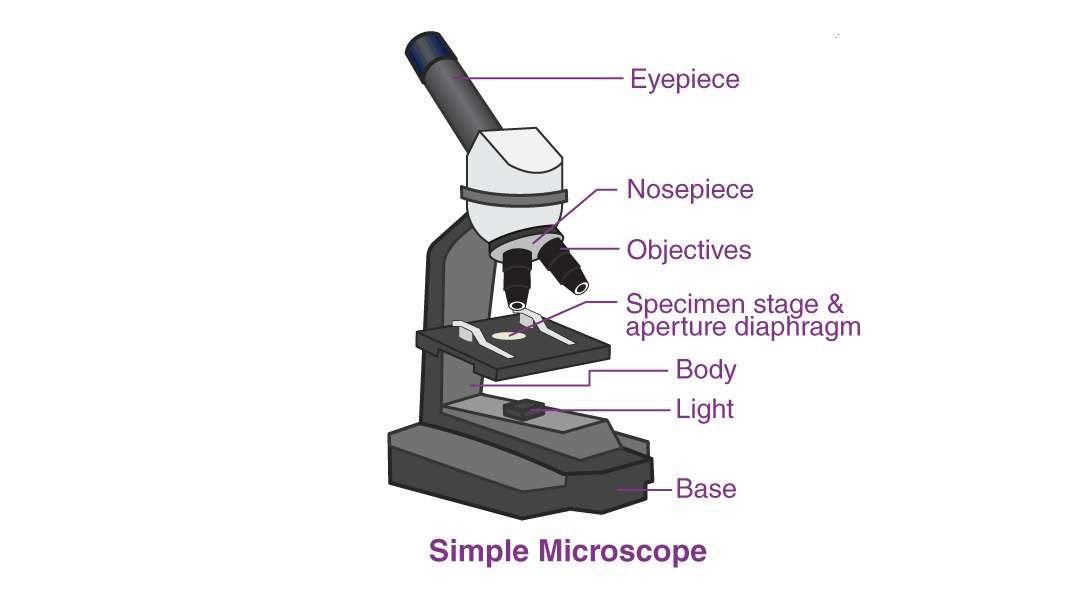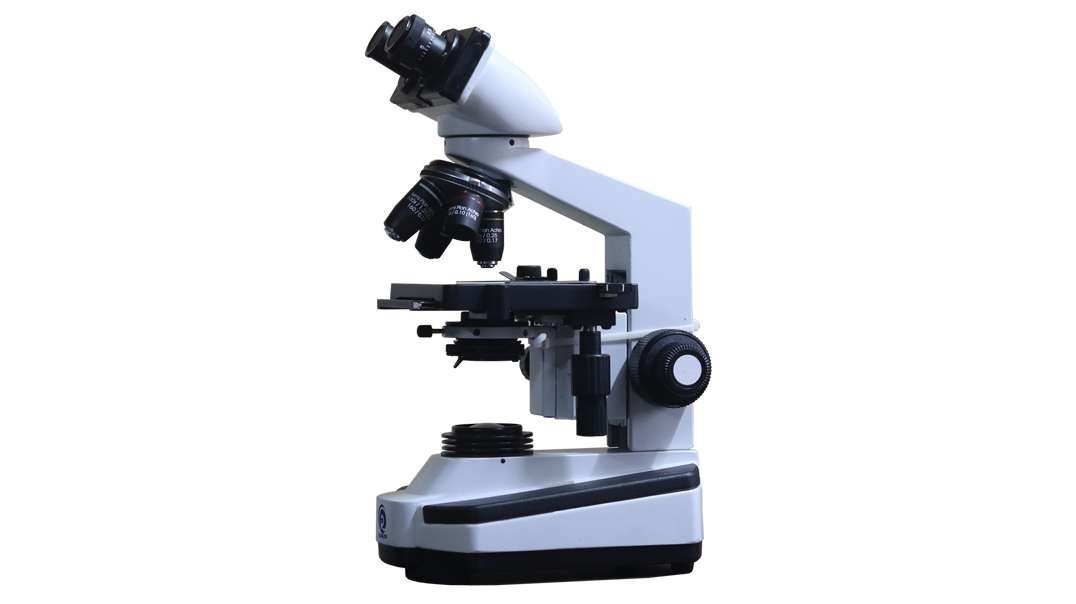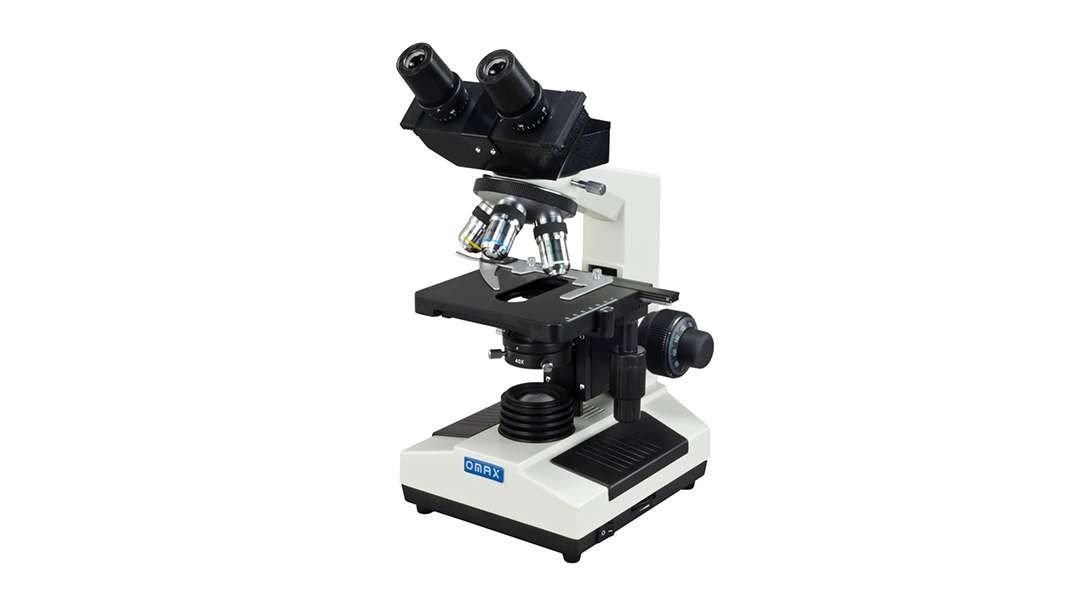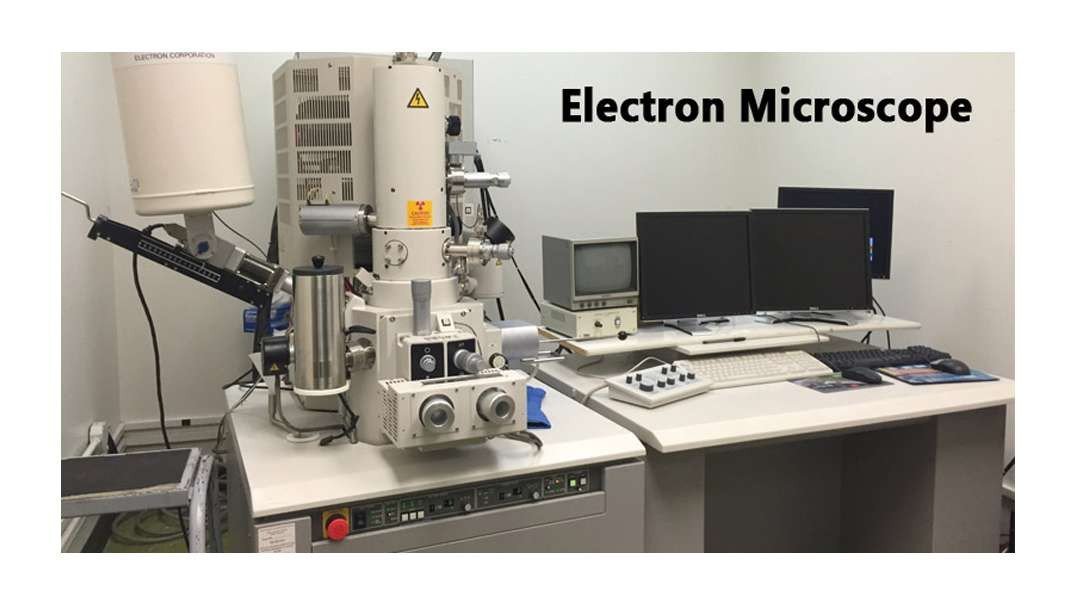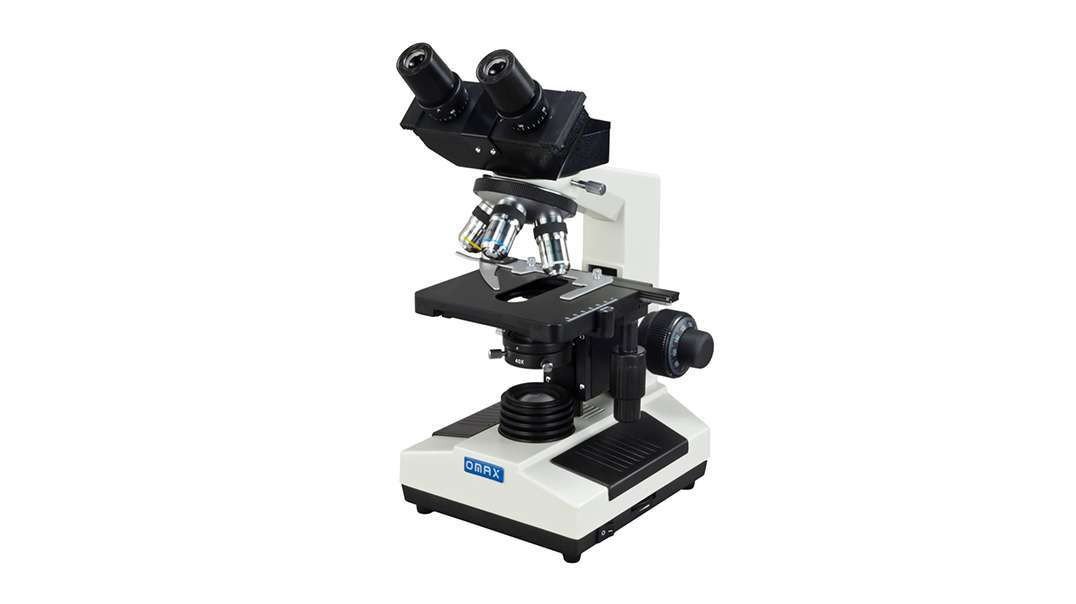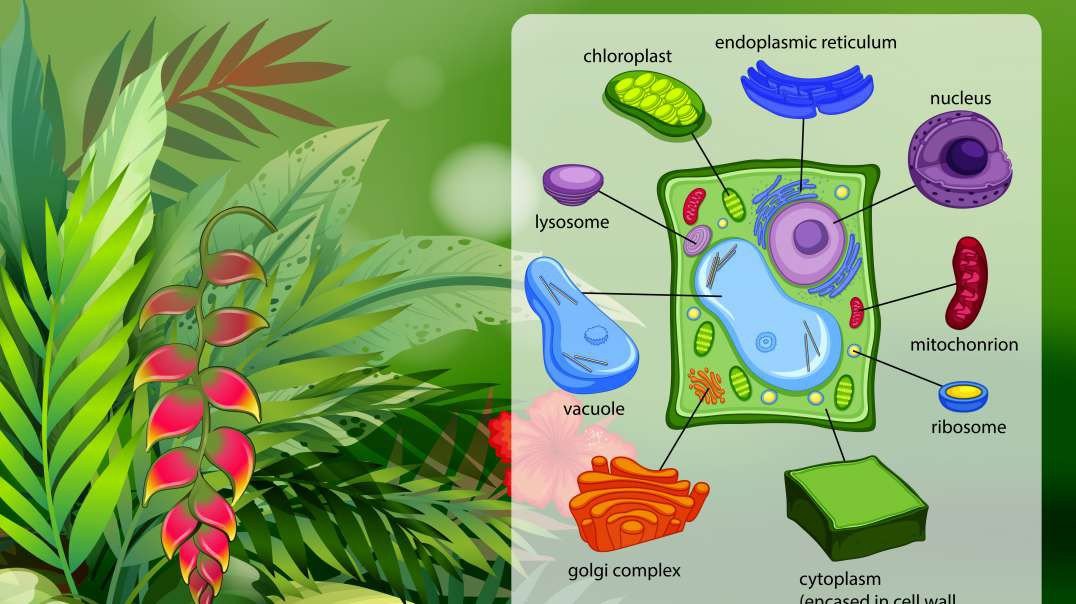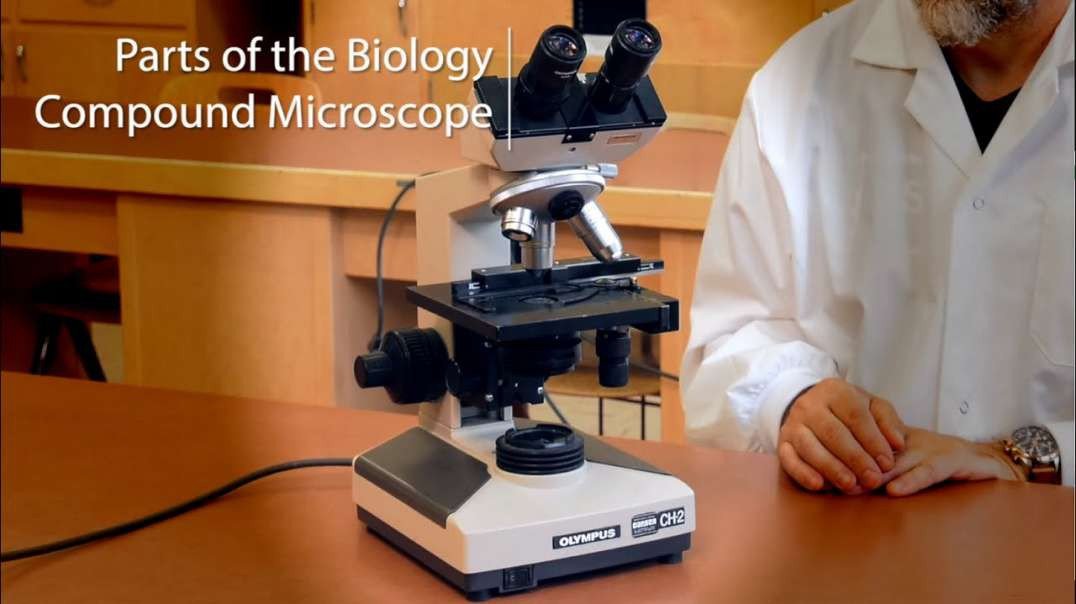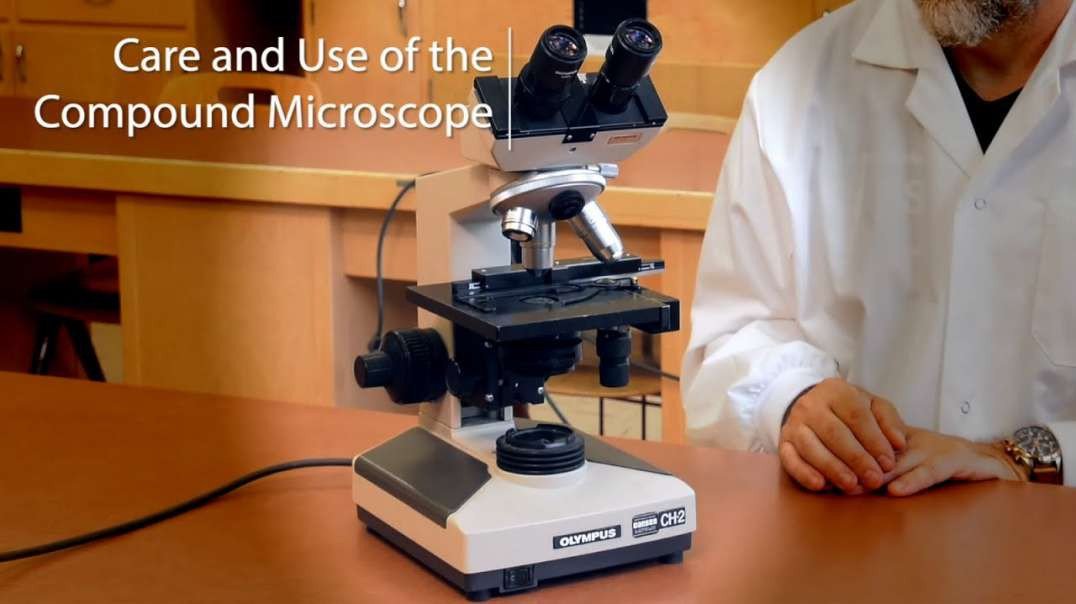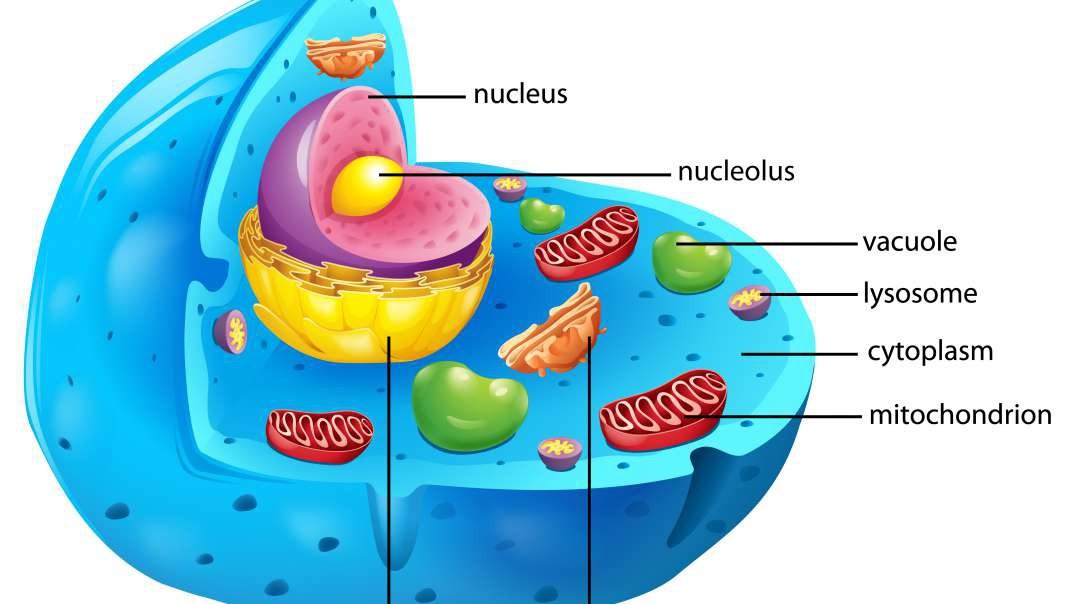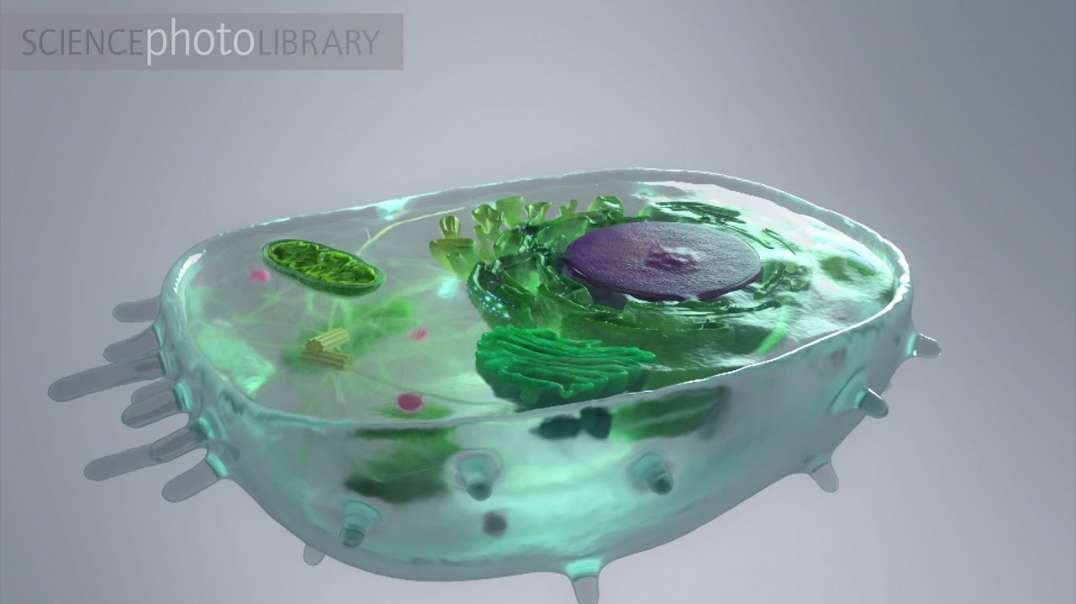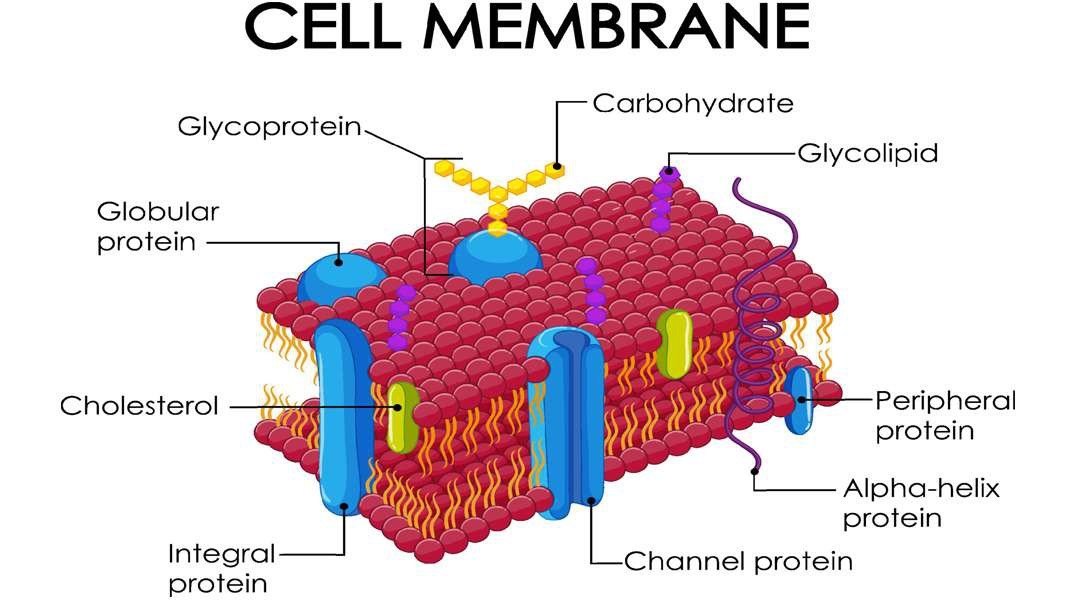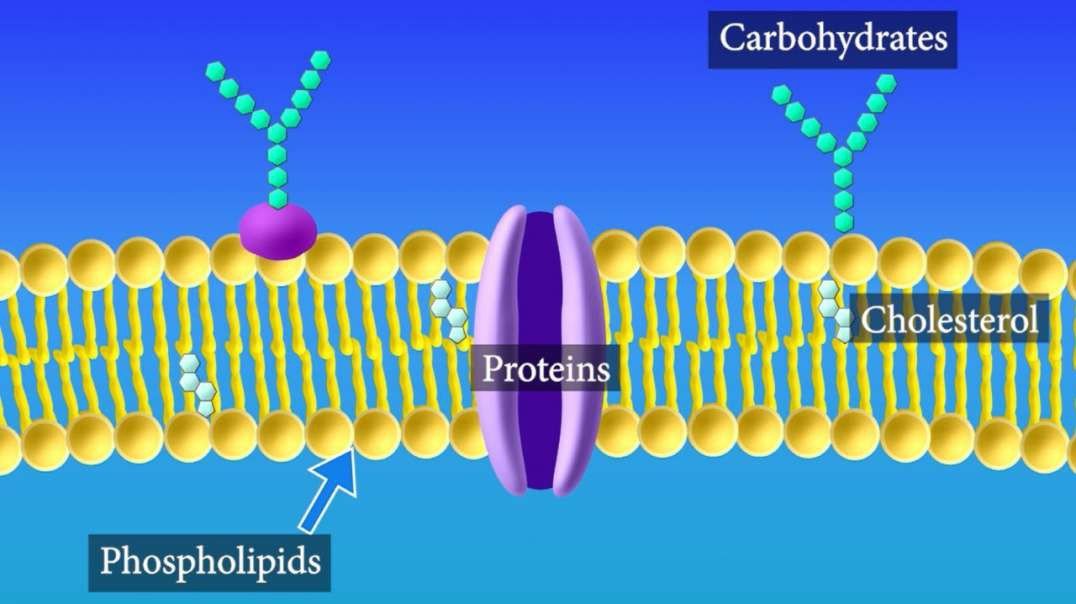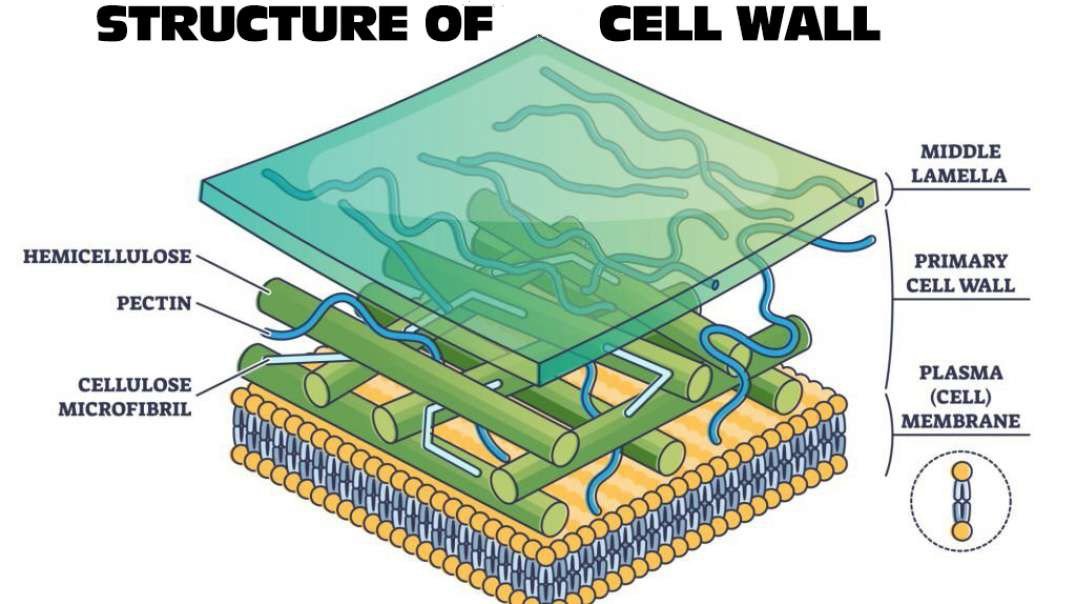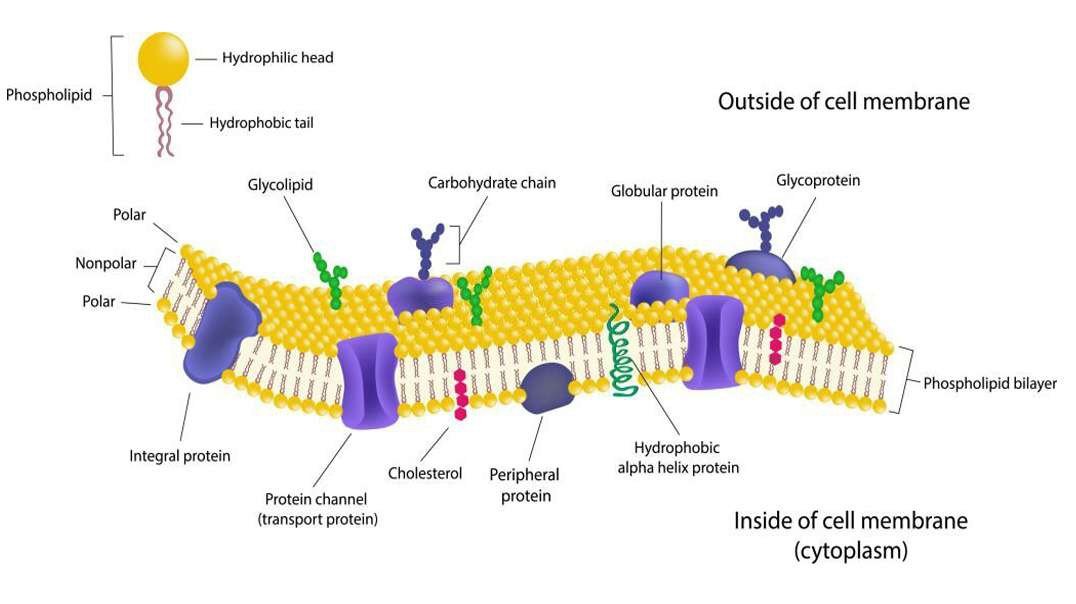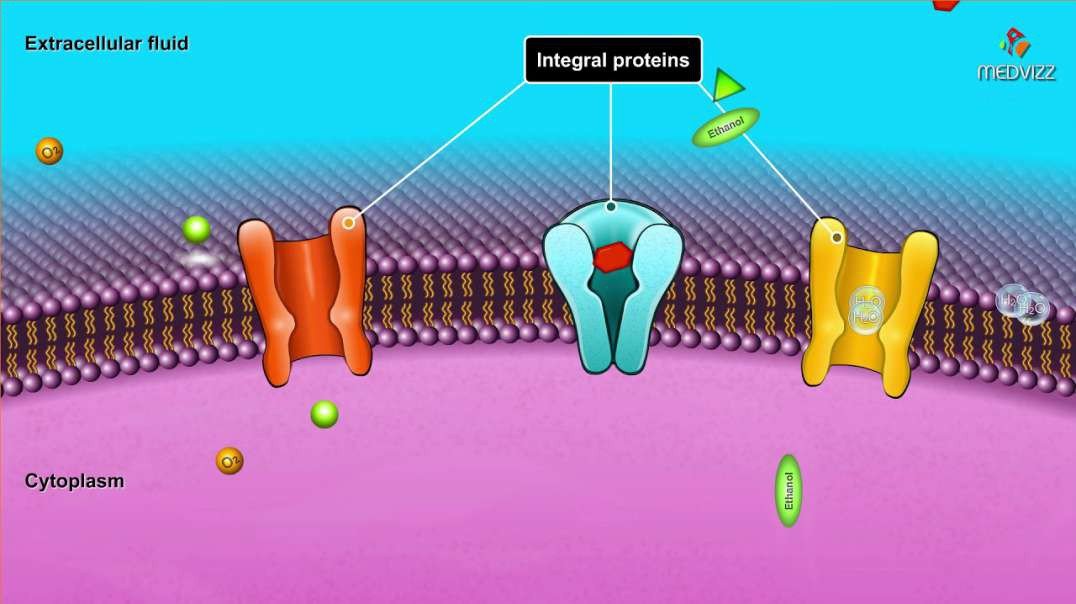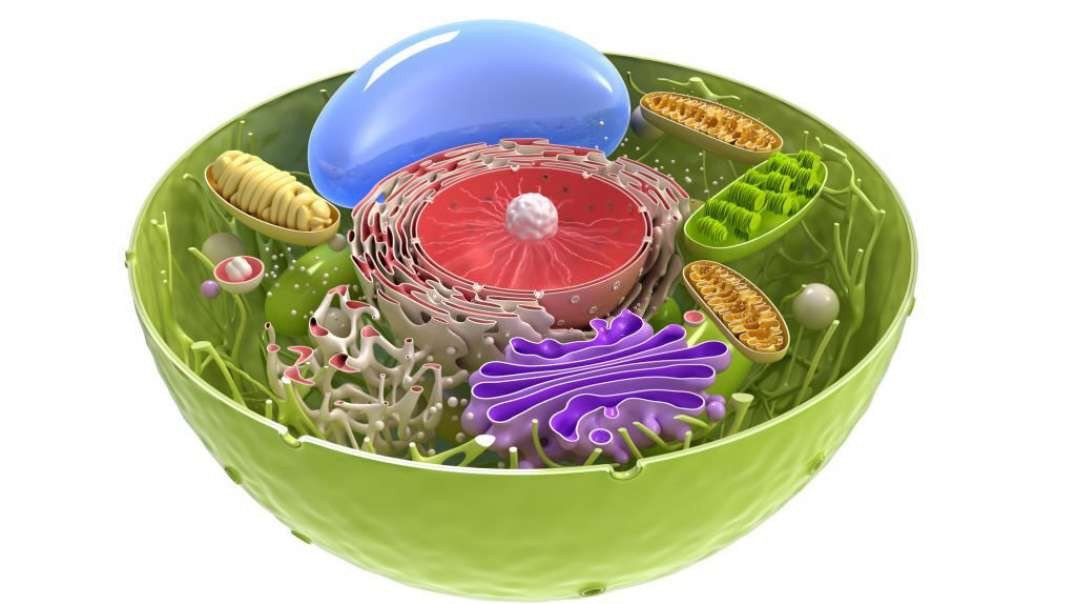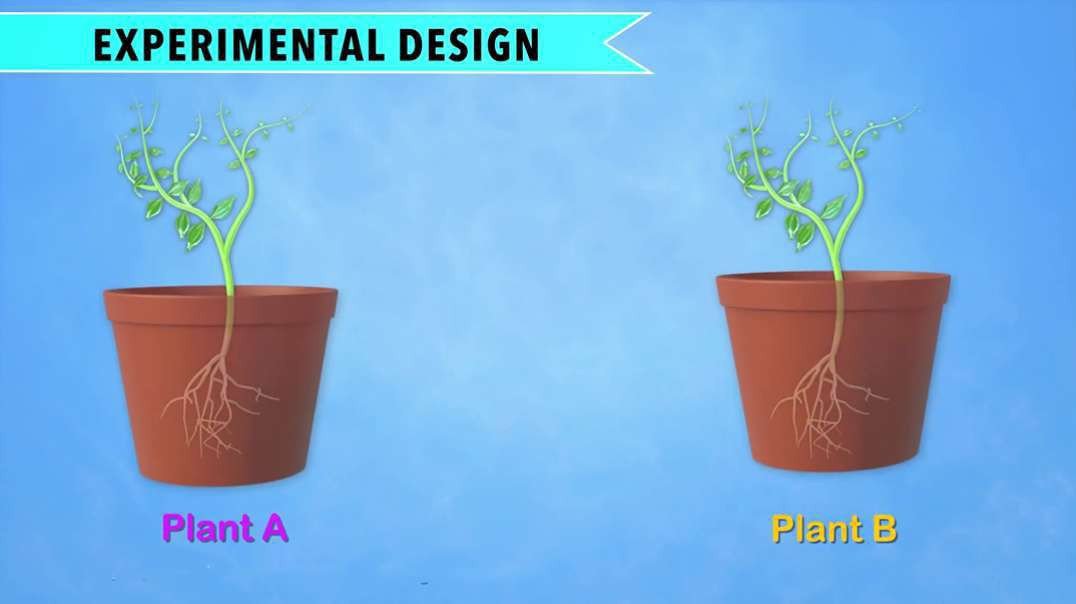
:
Controlled Experiments
SCIENCE ANIMATION TRANSCRIPT: What is a controlled experiment, and why would you want to do one? Maybe you have an idea that you think might explain a situation. This is called a scientific hypothesis. How could you find out if your hypothesis is correct? Well, you'd set up a controlled experiment in which you control, or keep constant, all the factors, known as variables, except for the one you want to test. Let's design a controlled experiment to test a fertilizer which claims it makes plants grow bigger, lusher, and perhaps produce more flowers, fruit or vegetables. If you wanted to see if the fertilizer works, how would you set up a controlled experiment to test this claim? First, you would get two plants of the same species. Let's call them Plant A and Plant B. Everything about the plants should be exactly the same, including their size, health, and age. Next, you would put each plant in identical pots with the same amount of the same kind of dirt or soil. You would water them both the same amount at the same times. You would also put the plants next to each other in the same place, such a window sill, so that they're boh exposed to the same amount of sunlight and kept at the same temperature. It's important that everything is the same, because the purpose of your experiment is to find out whether or not the fertilizer works. So what would be different? In this experiment, the only difference is that only plant A would get the fertilizer. Now remember, your hypothesis is that Plant A, which is getting fertilizer, will grow bigger compared to Plant B, which isn't getting any fertilizer. How would you know whether your hypothesis is correct? You'd know because you'd regularly measure the plants during the course of the experiment, for example, once a week for a period of three months. You would record these measurements throughout the experiment. These measurements are your data. At the end of the experiment, you would look at your data and compare the measurements of Plant A, which got fertilizer, to Plant B, which didn't get fertilizer. As you can see, Plant A did grow bigger than Plant B. So, it appears that the results of this controlled experiment support your hypothesis. So, let's recap the elements of experimental design. What were you testing? You were testing to see whether or not fertilizer promotes plant growth. What was your hypothesis? The hypothesis was that the plant that got fertilizer would get bigger than the plant that didn't get fertilizer. What were you measuring? You measured the growth of both plants. How do you know if the results of the experiment support your hypothesis? If your hypothesis is true, you would have seen that the plant that got the fertilizer actually did get bigger than the plant that didn't get any fertilizer. The variable you were testing, in this case, the fertilizer, is called the independent variable. And the thing you were observing, measuring, and expecting to change because of that independent variable was plant growth. In this experiment, plant growth is the dependent variable. We'll go over independent and dependent variables in more detail in another video.
